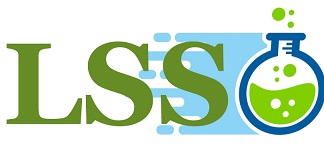Materials Laboratory With Data Capture Manufacturer,Supplier and Exporter in Phillippines

Product Code : LSP-MTE-10499
lssphilippines is a leading Materials Laboratory With Data Capture Manufacturer,and suppliers in Philippines, Materials Laboratory With Data Capture Manufacturer,and suppliers in South Africa, Materials Laboratory With Data Capture Algeria (Algiers), Materials Laboratory With Data Capture Angola (Luanda), Materials Laboratory With Data Capture Argentina (Buenos Aires), Materials Laboratory With Data Capture Armenia (Yerevan), Materials Laboratory With Data Capture Australia (Canberra), Materials Laboratory With Data Capture Austria (Vienna), Bahrain (Manama), Bangladesh (Dhaka), Bhutan (Thimphu), Bolivia (Sucre), Botswana (Gaborone), Brazil (Brasília), Brunei (Bandar Seri Begawan), Montenegro (Podgorica), Morocco (Rabat), Mozambique (Maputo), Myanmar (Naypyidaw), Namibia (Windhoek), Nepal (Kathmandu), New Zealand (Wellington), Nigeria (Abuja), Oman (Muscat), Palestine (Ramallah), Panama (Panama City), Papua New Guinea (Port Moresby), Paraguay (Asunción), Peru (Lima), Philippines (Manila)¸ Portugal (Lisbon), Qatar (Doha), Rwanda (Kigali), Saudi Arabia (Riyadh), Senegal (Dakar), Serbia (Belgrade), Sierra Leone (Freetown), Slovakia (Bratislava), South Africa (Cape Town) (Pretoria) (Bloemfontein), South Sudan (Juba), Spain (Madrid), Sri Lanka (Sri Jayawardenepura Kotte) (Colombo), Sudan (Khartoum), Syria (Damascus), Tanzania (Dodoma), Thailand (Bangkok), Togo (Lomé), Tonga (Nuku'alofa), Trinidad and Tobago (Port of Spain), Tunisia (Tunis), Turkey (Ankara), Turkmenistan (Ashgabat), Uganda (Kampala), United Arab Emirates (Abu Dhabi), United Kingdom (London), United States (Washington, D.C.).
